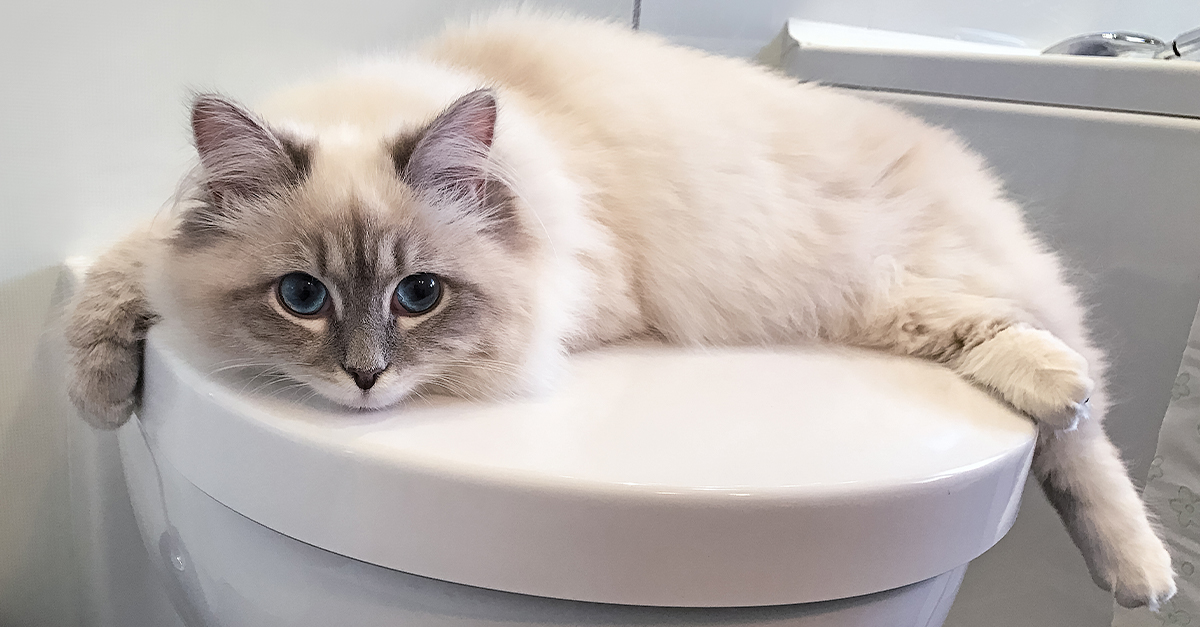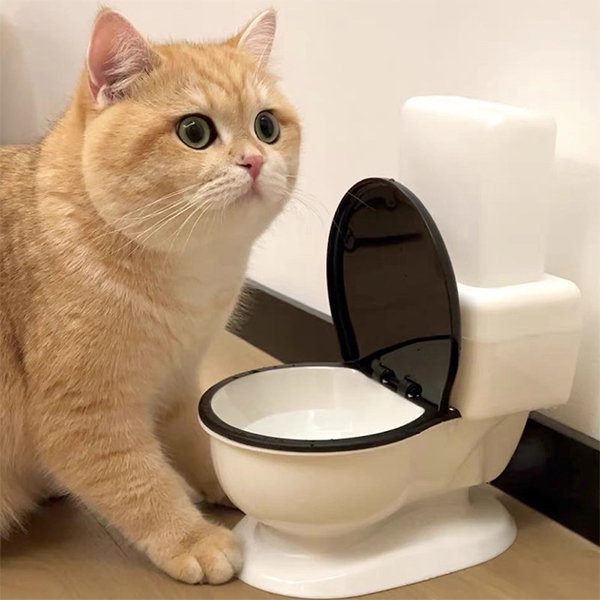Reasons You Shouldn't Flush Cat Poop Down Your Toilet - Maintain Your Pipe System
Reasons You Shouldn't Flush Cat Poop Down Your Toilet - Maintain Your Pipe System
Blog Article
Just how do you feel in regards to Don’t flush cat feces down the toilet?

Intro
As cat proprietors, it's important to be mindful of just how we get rid of our feline close friends' waste. While it may seem convenient to purge cat poop down the commode, this practice can have harmful consequences for both the environment and human health.
Alternatives to Flushing
Fortunately, there are safer and much more accountable ways to throw away pet cat poop. Take into consideration the adhering to choices:
1. Scoop and Dispose in Trash
The most common approach of throwing away feline poop is to scoop it right into a biodegradable bag and toss it in the trash. Make sure to utilize a specialized trash scoop and deal with the waste quickly.
2. Use Biodegradable Litter
Go with eco-friendly pet cat clutter made from materials such as corn or wheat. These trashes are environmentally friendly and can be securely taken care of in the trash.
3. Bury in the Yard
If you have a backyard, take into consideration hiding cat waste in an assigned area away from veggie yards and water sources. Make certain to dig deep adequate to prevent contamination of groundwater.
4. Set Up a Pet Waste Disposal System
Purchase a pet dog waste disposal system especially developed for feline waste. These systems utilize enzymes to break down the waste, lowering odor and ecological influence.
Health Risks
In addition to ecological issues, flushing feline waste can additionally posture health and wellness dangers to humans. Feline feces may contain Toxoplasma gondii, a bloodsucker that can create toxoplasmosis-- a potentially serious disease, especially for expectant females and individuals with weakened body immune systems.
Environmental Impact
Flushing pet cat poop introduces harmful virus and bloodsuckers right into the water system, positioning a significant danger to aquatic communities. These impurities can adversely affect marine life and compromise water high quality.
Conclusion
Accountable animal possession extends past giving food and sanctuary-- it also entails correct waste administration. By refraining from purging feline poop down the toilet and selecting different disposal approaches, we can minimize our environmental impact and shield human wellness.
Why Can’t I Flush Cat Poop?
It Spreads a Parasite
Cats are frequently infected with a parasite called toxoplasma gondii. The parasite causes an infection called toxoplasmosis. It is usually harmless to cats. The parasite only uses cat poop as a host for its eggs. Otherwise, the cat’s immune system usually keeps the infection at low enough levels to maintain its own health. But it does not stop the develop of eggs. These eggs are tiny and surprisingly tough. They may survive for a year before they begin to grow. But that’s the problem.
Our wastewater system is not designed to deal with toxoplasmosis eggs. Instead, most eggs will flush from your toilet into sewers and wastewater management plants. After the sewage is treated for many other harmful things in it, it is typically released into local rivers, lakes, or oceans. Here, the toxoplasmosis eggs can find new hosts, including starfish, crabs, otters, and many other wildlife. For many, this is a significant risk to their health. Toxoplasmosis can also end up infecting water sources that are important for agriculture, which means our deer, pigs, and sheep can get infected too.
Is There Risk to Humans?
There can be a risk to human life from flushing cat poop down the toilet. If you do so, the parasites from your cat’s poop can end up in shellfish, game animals, or livestock. If this meat is then served raw or undercooked, the people who eat it can get sick.
In fact, according to the CDC, 40 million people in the United States are infected with toxoplasma gondii. They get it from exposure to infected seafood, or from some kind of cat poop contamination, like drinking from a stream that is contaminated or touching anything that has come into contact with cat poop. That includes just cleaning a cat litter box.
Most people who get infected with these parasites will not develop any symptoms. However, for pregnant women or for those with compromised immune systems, the parasite can cause severe health problems.
How to Handle Cat Poop
The best way to handle cat poop is actually to clean the box more often. The eggs that the parasite sheds will not become active until one to five days after the cat poops. That means that if you clean daily, you’re much less likely to come into direct contact with infectious eggs.
That said, always dispose of cat poop in the garbage and not down the toilet. Wash your hands before and after you clean the litter box, and bring the bag of poop right outside to your garbage bins.
https://trenchlesssolutionsusa.com/why-cant-i-flush-cat-poop/

Hopefully you enjoyed reading our article on How to Dispose of Cat Poop and Litter Without Plastic Bags. Thanks a ton for taking a few minutes to browse our article post. Sharing is nice. Helping people is fun. Thank-you for your time invested reading it.
Visit My Web Page Report this page